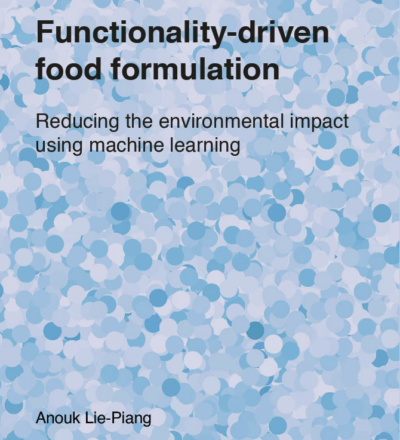Highly refined protein and starch isolates are commonly used to compose food products; however, they may require many resources to be produced. Less refined ingredients that require fewer resources have been developed and have shown promising functional properties in food products while maintaining healthy components like fibres. Nevertheless, due to the multi-component character of the milder refined ingredients, they are less likely to be adopted by the food industry.
This research proposes a method to create ingredient formulations based on their functional properties rather than of what they are composed. The method is conceptualized for pasting, gelling, foaming, and emulsifying properties or highly and lowly refined ingredients from yellow peas and lupine.
To quantify the relationship between the composition and the functional properties of these ingredients, linear and non-linear algorithms ranging from linear models to neural networks are used. These relations be subsequently combined to select ingredients formulations for food products (e.g. vegan yogurts or thickened sauces), with the lowest global warming potential, while controlling the composition; hence, the nutritional value of the products.
In this way, the food assembly industry can select more sustainable and healthier ingredients.
Download your free copy
Our publications are free to access. Simply provide your first name and email address to download.
